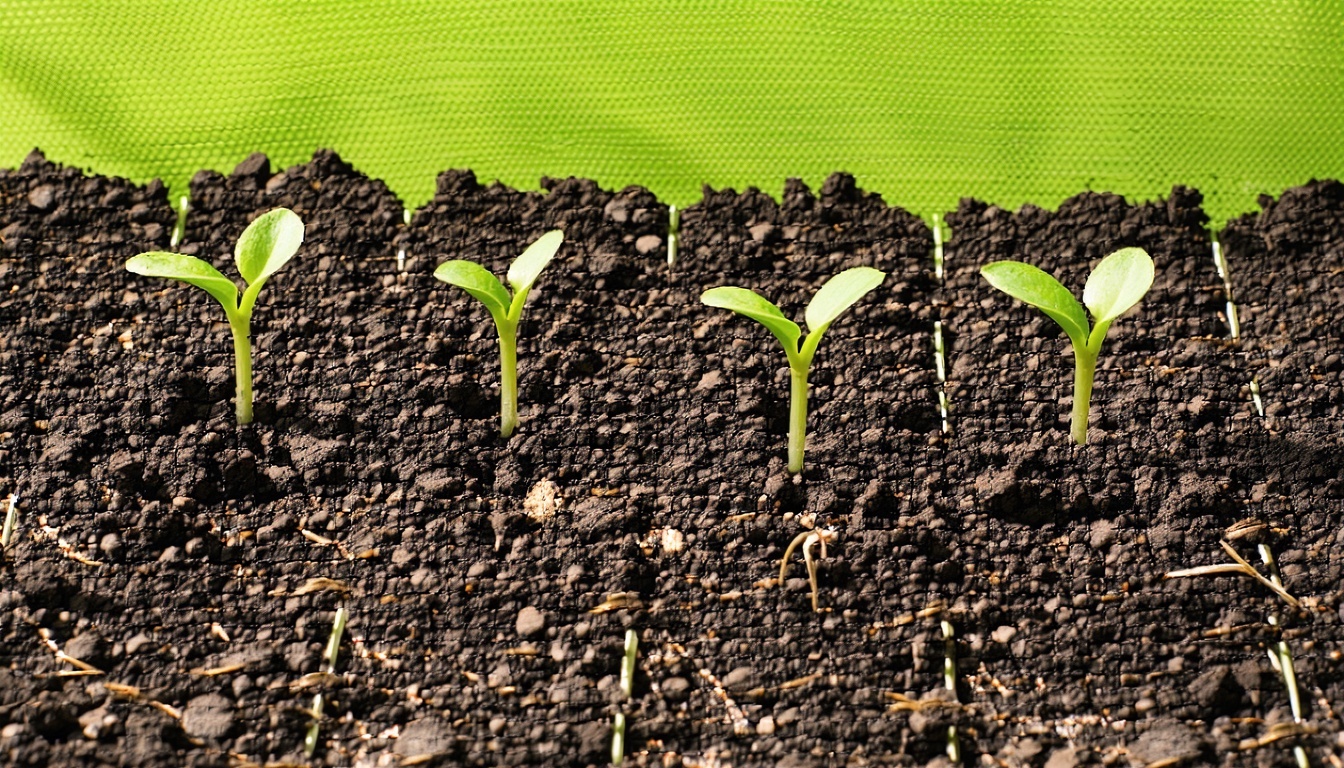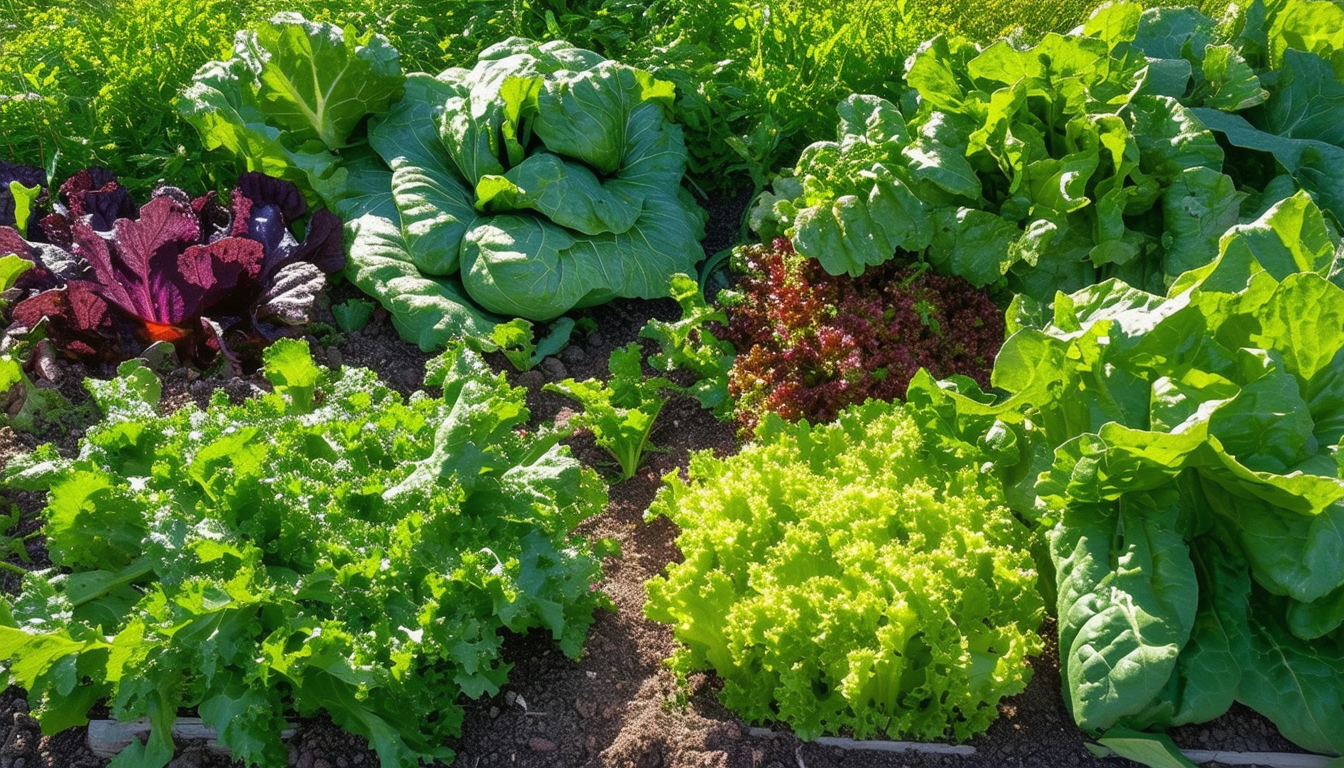
Preparing your seedlings for the great outdoors is a crucial step to ensure their survival and thriving growth.
Intro - Understanding the Importance of Hardening Off
Hardening off is a critical process that involves gradually acclimatizing seedlings to outdoor conditions. This step is essential because seedlings grown indoors or in greenhouses are accustomed to controlled environments. Without a proper hardening off period, these young plants can suffer from transplant shock, which can stunt their growth or even cause them to die.
By systematically exposing seedlings to outdoor conditions, you help them build resilience against environmental stresses such as temperature fluctuations, wind, and direct sunlight. This ensures that once they are transplanted into your garden, they are robust and ready to thrive.
Choosing the Right Time to Start
Timing is crucial when it comes to hardening off seedlings. Generally, it’s best to start this process a couple of weeks before you plan to transplant them into your garden. Pay attention to your local weather conditions and ensure that the last frost date has passed.
Check the specific needs of the plants you are growing, as different species may have varying hardening off requirements. For example, tender annuals need warmer conditions compared to cool-season crops.
5 Step Guide to Hardening Off Seedlings
1. **Start Slow**: On the first day, place your seedlings outside in a sheltered, shaded area for a few hours. Bring them back indoors before the temperature drops in the evening.
2. **Increase Exposure Gradually**: Each day, gradually increase the time the seedlings spend outside and slowly introduce them to more direct sunlight. Avoid exposing them to strong winds or heavy rain initially.
3. **Monitor Moisture Levels**: Outdoor conditions can dry out the soil more quickly than indoors. Check the moisture levels frequently and water the seedlings as needed.
4. **Reduce Watering**: In the final days of the hardening off period, slightly reduce the frequency of watering to encourage the seedlings to establish stronger root systems.
5. **Transplant on a Cloudy Day**: When the seedlings are ready to be moved to the garden, choose a cloudy day or late afternoon to transplant them. This reduces the stress from direct sunlight and helps them adjust more comfortably to their new environment.
Notes for Different Climates and Hardiness Zones
Different climates and hardiness zones require specific strategies for hardening off seedlings. In cooler climates, it’s important to start the process later in the spring to avoid late frosts. In contrast, warmer climates may allow for an earlier start but require careful monitoring to prevent seedlings from overheating.
Understanding your local hardiness zone can help you determine the best timing and techniques for hardening off. Consult local gardening resources or extension services for region-specific advice.
Common Issues, Pests & Diseases When Hardening Off
Several challenges can arise during the hardening off process. Seedlings may be susceptible to pests such as aphids, snails, and slugs. Regularly inspect your plants and take appropriate measures to protect them, such as using organic pest control methods.
Diseases like damping-off can also affect seedlings. To minimize the risk, ensure good air circulation around the plants and avoid overwatering. If you notice any signs of disease, isolate the affected plants to prevent it from spreading.
10 Frequently Asked Questions on Hardening Off Seedlings
-
What is hardening off and why is it important? Hardening off is the process of gradually acclimatizing seedlings to outdoor conditions. It is important because it helps prevent transplant shock, allowing seedlings to build resilience against environmental stresses like temperature changes, wind, and direct sunlight.
-
When should I start hardening off my seedlings? Begin hardening off your seedlings a couple of weeks before you plan to transplant them into your garden, ensuring that the last frost date has passed.
-
How long does the hardening off process take? The hardening off process typically takes about 7 to 14 days, depending on the plant species and local weather conditions.
-
Can I harden off seedlings in a greenhouse? Yes, you can start the hardening off process in a greenhouse by gradually exposing seedlings to outdoor conditions, such as increased light and airflow.
-
How do I protect seedlings from pests during hardening off? Protect seedlings from pests by regularly inspecting them and using organic pest control methods, such as neem oil or diatomaceous earth, to deter aphids, snails, and slugs.
-
What should I do if my seedlings wilt during the hardening off process? If seedlings wilt, check the soil moisture and water them if needed. Ensure they are not exposed to harsh conditions like strong winds or direct midday sun.
-
Can I harden off seedlings in any weather? Avoid hardening off seedlings in extreme weather conditions, such as heavy rain, strong winds, or very hot temperatures. Choose mild, stable weather for the process.
-
What are the signs that my seedlings are ready to be transplanted Seedlings are ready to be transplanted when they have developed strong stems, healthy leaves, and a robust root system, and have been gradually exposed to outdoor conditions.
-
Is it necessary to harden off all types of seedlings? While most seedlings benefit from hardening off, some hardy plants may not require as extensive a process. However, it is generally recommended for all seedlings to ensure successful transplantation.
-
What are some common mistakes to avoid when hardening off seedlings? Common mistakes include rushing the process, exposing seedlings to harsh conditions too quickly, and neglecting to monitor moisture levels. Gradual exposure and careful monitoring are key to successful hardening off.


